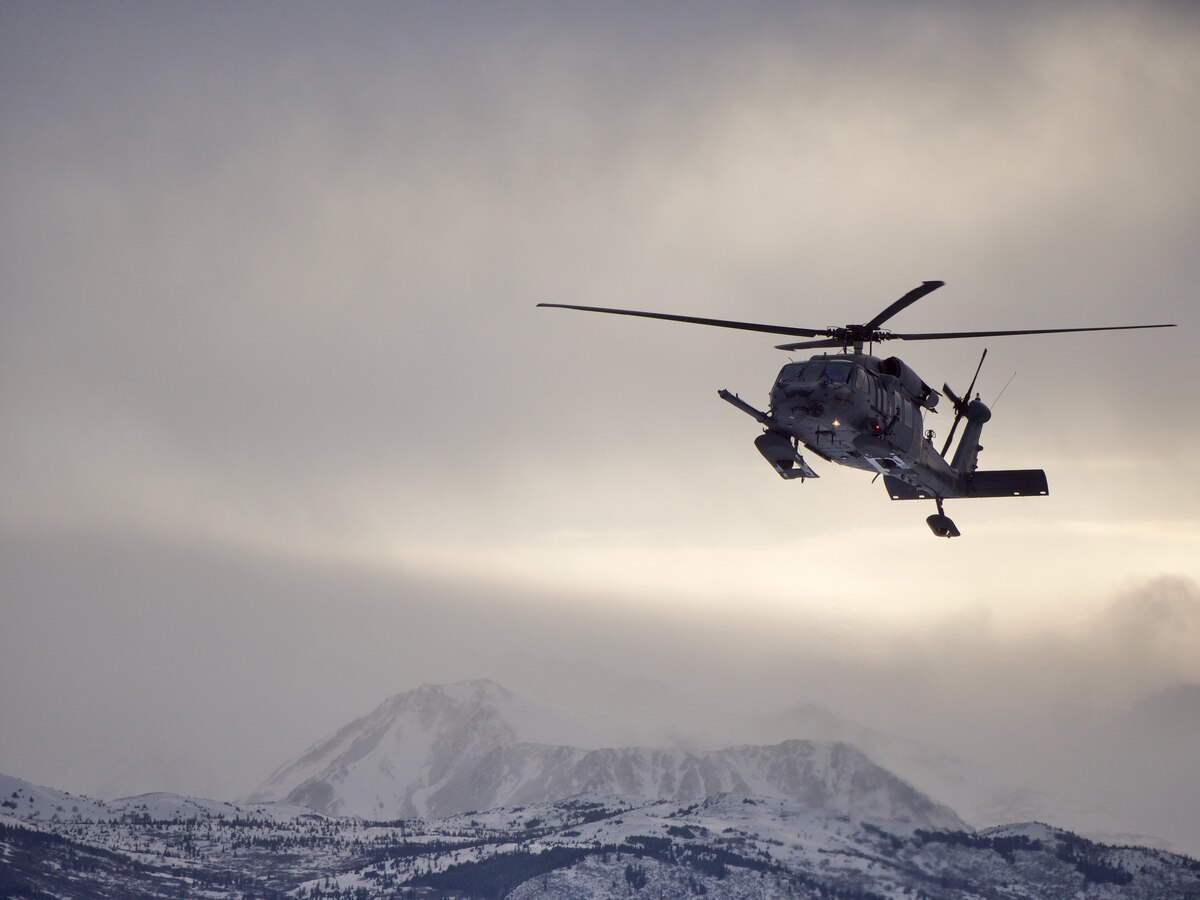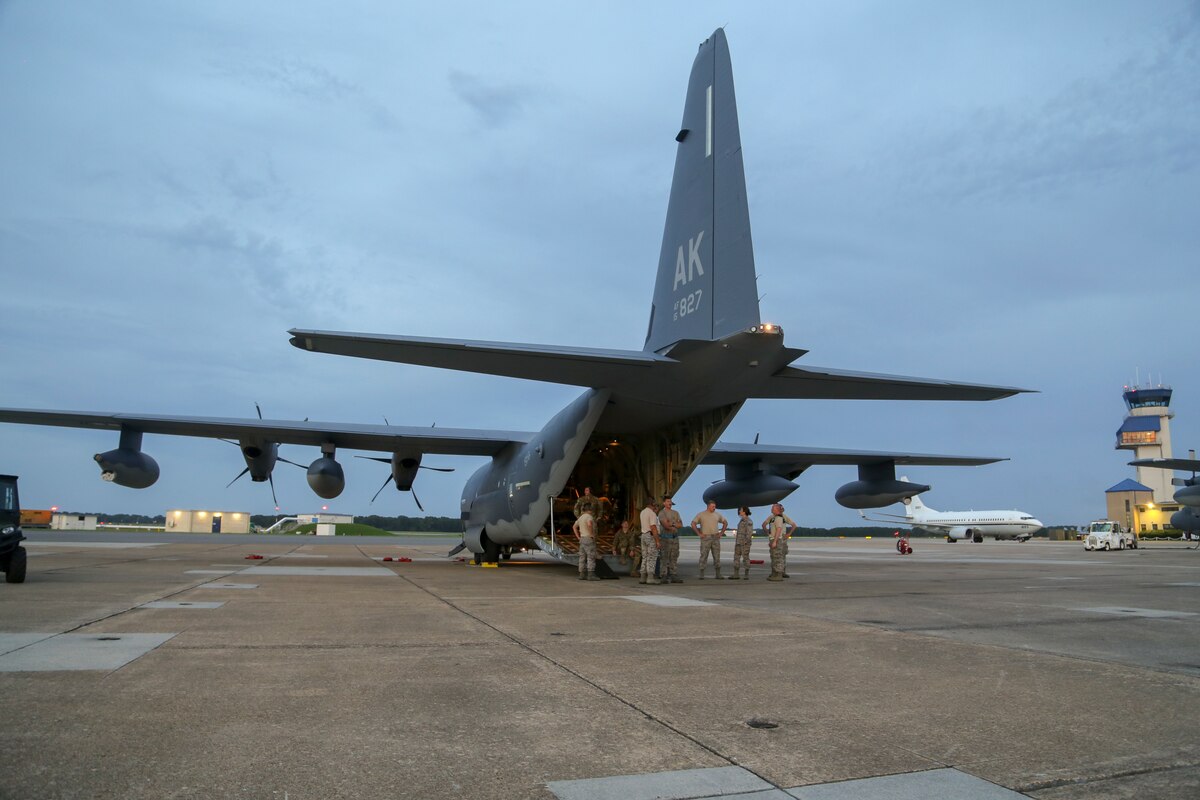
Being stranded in the mountains for days, in bitterly cold temperatures, and extremely dangerous conditions is something that no one ever expects to happen to them. Most people who participate in extreme skiing go through the proper training to ensure this scenario never unfolds. However, even the most experienced and seasoned persons can find themselves in life-threatening situations.
This happened on the morning of April 18 when six adult skiers were stranded in a snow cave on the Harding Ice Field that is in Kenai Fjords National Park, Alaska according to a National Park Service news release. The group was on a multi-day trip through the Harding Ice Field from Exit Glacier to Bradley Lake when inclement weather forced them to construct a snow cave to provide shelter. The Soldotna Public Safety Communications Center received a report that the skiers were stranded and coordinated with National Park Service law enforcement rangers and the Alaska Wildlife Troopers attempting several rescue attempts. Unfortunately, poor visibility and high winds prevented all attempts to reach the stranded party.
- Related Article: [VIDEO] Helicopter Rescue Near Artesina-Mondolè Resort, Italy, of 3 Backcountry Skiers Stuck in Frozen Gully
The Alaska Air National Guard and State Troopers attempted to rescue the stranded skiers with units from the 176th Wing. The 176th Wing is an elite force composed of more than 1,500 well-trained professional Airmen who conduct missions of Combat Search and Rescue, Agile Combat Support for Air Expeditionary Force tasking, and Strategic Airlift, Homeland Defense, and Defense Support to Civil Authorities. The 176th Wing is based at Joint Base Elmendorf-Richardson in Anchorage, with an additional detachment at Eielson Air Force Base.

On the morning of April 19, an Alaska Air National Guard 210th Rescue Squadron HH-60G Pave Hawk helicopter with 212th Rescue Squadron pararescuemen (PJs) on board made another attempt to reach the group. However, due to high winds and inclement weather were unable to reach the skiers. According to the 176th Air Wing, the 212th Rescue Squadron is the busiest rescue force in the Department of Defense and provides elite pararescuemen (PJs), combat rescue officers (CROs), and Survival, Evasion, Resistance, and Escape (SERE) specialists to carry out the 176th Wing’s wartime and peacetime rescue missions. PJs and CROs are the Air Force’s equivalent of Army Special Forces and Navy SEALs and are highly trained and motivated specialists who endure an incredibly grueling training process.
Conditions improved later in the morning and the Pave Hawk could land and offload the PJs in the area of the stranded skiers. The PJs successfully linked up with the six skiers and were able to get them back to the helicopter to transport them to an area hospital. “All six members were able to ski to the helicopter and were airlifted to an area hospital for evaluation,” the National Park Service said in its statement.
A 211th Rescue Squadron (RQS) HC-130J Combat King II provided aerial support during the mission. The 211th Rescue Squadron is one of three flying squadrons that work together to execute the 176th Wing’s search-and-rescue missions. The HC-130J is a version of the well-known C-130 “Hercules” tactical transport aircraft that has been specially modified and upgraded to perform search-and-rescue missions. One of its major upgrades is the ability to refuel other aircraft in mid-air which allows the HH-60G Pave Hawk helicopters of the 211th’s sister squadron, the 210 RQS, to function over a greatly extended range. It has equipment like radar, night-vision goggles, and many more capabilities that allow it to function effectively at night and in poor weather. The HC-130J replaces HC-130P/Ns as the only dedicated fixed-wing Personnel Recovery platform in the Air Force inventory.
The National Park Service said in a statement on its website that it would like to thank the Alaska Wildlife Troopers, Alaska Rescue Coordination Center, and Alaska Air National Guard for their continued partnership and assistance with this incident.
